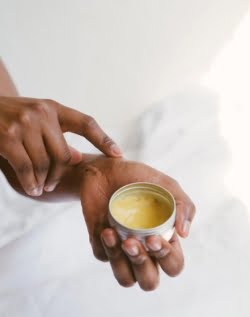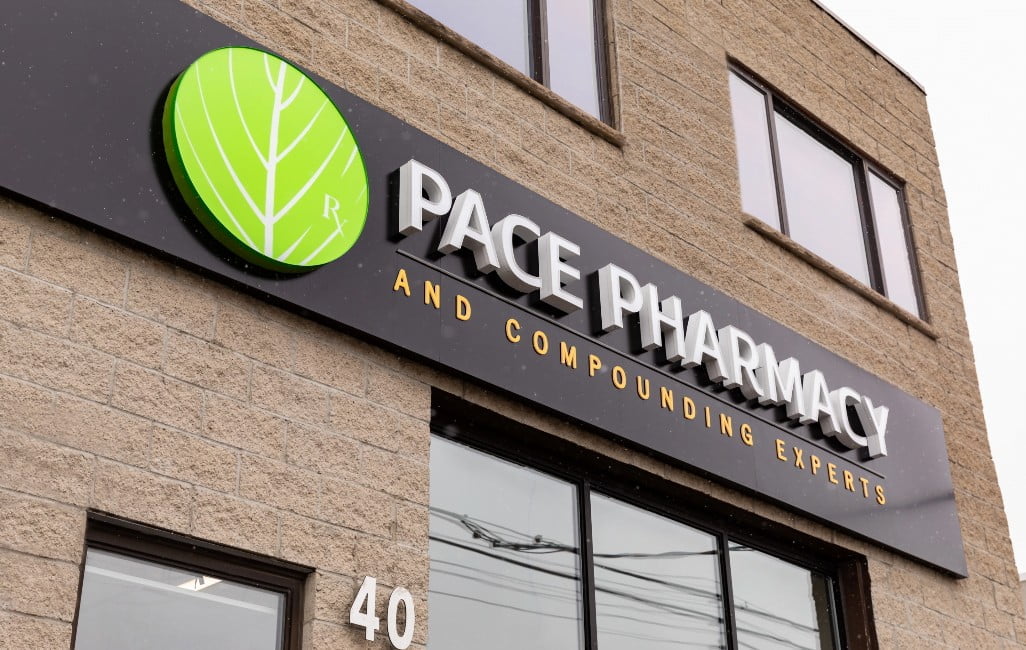
Pigmentation Abnormalities
Pseudocatalase Cream for Vitiligo
Vitiligo is a spontaneous irregular depigmentation of skin. Patients with vitiligo have low catalase levels in their epidermis with high levels of hydrogen peroxide. Pseudocatalase cream is an externally applied UVB-activated product that can lead to recovery of the oxidative damage in the epidermis and remarkable repigmentation.
Successful treatment of oxidative stress in vitiligo.
Skin Pharmacol Appl Skin Physiol 1999 May-Jun;12(3):132-8
Read NowMelanocytes are not absent in lesional skin of long duration vitiligo.
J Pathol 2000 Aug;191(4):407-16
Read NowIn vivo and in vitro evidence for hydrogen peroxide (H2O2) accumulation in the epidermis of patients with vitiligo and its successful removal by a UVB-activated pseudocatalase.
J Investig Dermatol Symp Proc 1999 Sep;4(1):91-6
Read NowTreatment of vitiligo with a topical application of pseudocatalase and calcium in combination with short-term UVB exposure: a case study on 33 patients.
Dermatology 1995;190(3):223-9
Read NowTopical Phenylalanine for Vitiligo
Melanocytes may still be present in long-standing (>25 years) depigmented skin of patients with vitiligo. L-phenylalanine uptake and turnover in the pigment forming melanocytes is vital for initiation of melanogenesis. Phenylalanine hydroxylase activities increase linearly with inherited skin color yielding eightfold more activities in black skin compared to white skin.
Camacho and Mazuecos performed an uncontrolled retrospective survey of a group of 193 patients (171 participants after screening) with evolving vitiligo who were treated with oral (50 or 100 mg/kg daily) and topical (10% gel) phenylalanine plus sun exposure. When the study closed, 100% repigmentation was achieved in 122 patients on the face, 35 on the trunk, and 33 on the limbs. Patients who were treated during the months of high solar radiation (and therefore also used the topical phenylalanine) achieved greater repigmentation. No side effects were reported.
Treatment of vitiligo with oral and topical phenylalanine: 6 years of experience.
Arch Dermatol. 1999;135:216-217
Read NowOral and topical L-phenylalanine, clobetasol propionate, and UVA/sunlight–a new study for the treatment of vitiligo.
J Drugs Dermatol 2002 Sep;1(2):127-31
Read NowDecreased phenylalanine uptake and turnover in patients with vitiligo.
Mol Genet Metab 2005 Dec;86(4):27-33
Read NowResearchers concluded that “although hydroquinone showed a better response, ascorbic acid may play a role in the therapy of melasma as it is almost devoid of side-effects; it could be used alone or in combination therapy.”
A double-blind randomized trial of 5% ascorbic acid vs. 4% hydroquinone in melasma.
Int J Dermatol. 2004 Aug;43(8):604-7.
Read NowMelasma is a circumscribed brown macular hyperpigmentation of areas of the face and neck that are exposed to light, and is aggravated by sunlight, birth control pills, and pregnancy. This study demonstrates that a cream containing hydroquinone, glycolic acid, vitamins C and E, and sunscreen is a safe and effective treatment therapy for melasma.
Safety and efficacy of 4% hydroquinone combined with 10% glycolic acid, antioxidants, and sunscreen in the treatment of melasma.
Int J Dermatol. 2003 Dec;42(12):966-72.
Read NowThe antioxidant N-acetyl cysteine (NAC) has an antiproliferative effect on human keratinocytes and NAC has been used topically to satisfactorily treat lamellar ichthyosis.
Topically applied NAC can prevent skin irritation resulting from radiotherapy and protects from sun-induced erythema.
Topical use of N-acetylcysteine for reduction of skin reaction to radiation therapy.
Semin Oncol. 1983 Mar;10(1 Suppl 1):86-92.
Read Now

